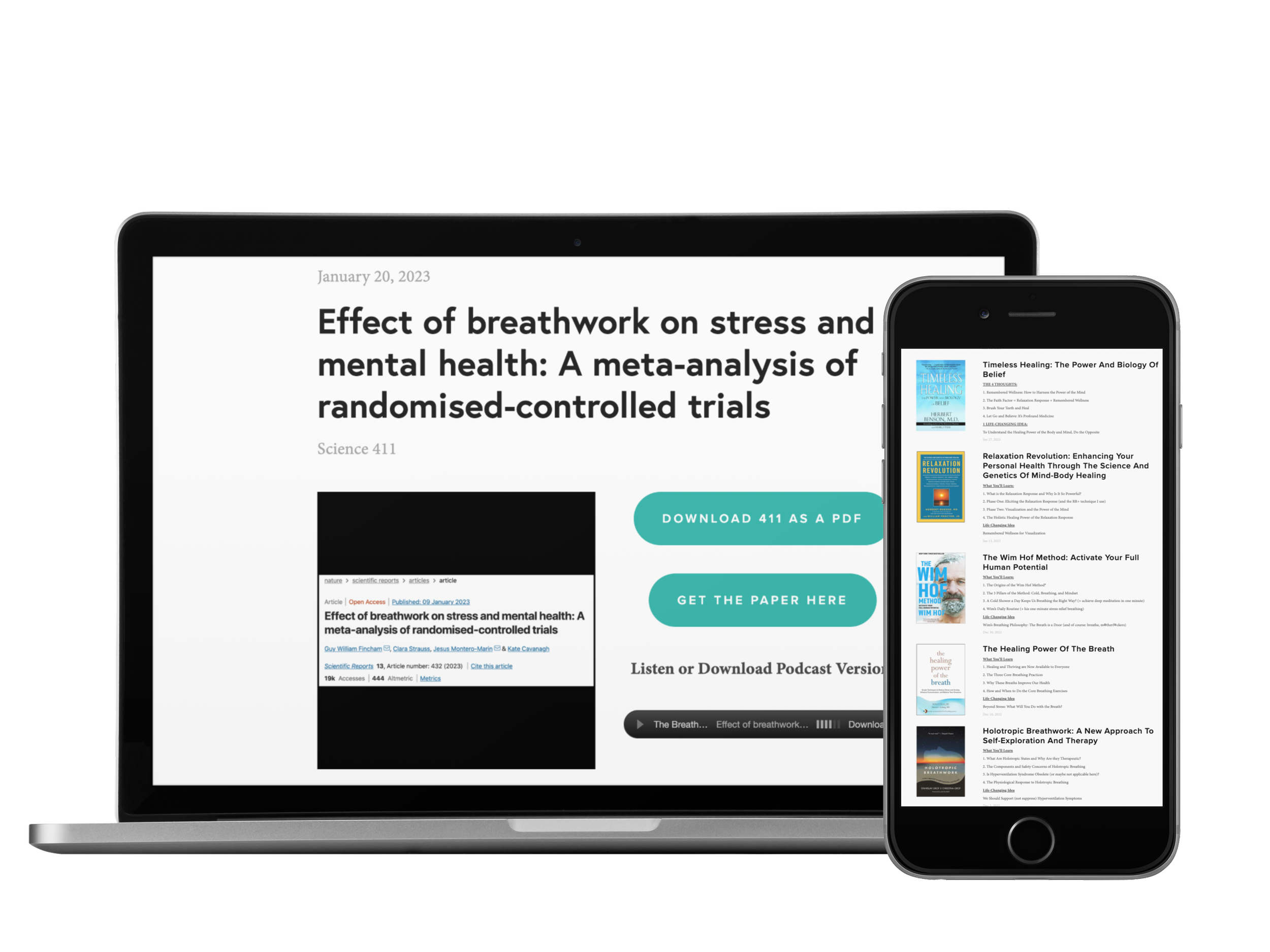Listen Instead of Reading
If you enjoy listening, you can subscribe to the audio version on Spotify, Apple Podcasts, and Audible so you don’t even have to look at the email 😊
Reading Time: 1 min 37 sec
I hope the next 25’ish breaths are the most nourishing of your day.
4 THOUGHTS
4 THOUGHTS
1. A Rainy, Effortless Breathing Exercise
“Importantly, rain washes away the vestiges of pollution. Air is always cleaner during and immediately after a downpour…As rain tumbles through the atmosphere, each drop attracts hundreds of pollutant particles…Leaving the air bracingly fresh, scrubbed clean.”
- Annabel Streets, 52 Ways to Walk
Next time it rains, go out and breathe some freshly cleaned air. It’s the most effective & effortless “breathing exercise” you can do 😊
2. What Can Be Transferred is Passion
“That's really where the power of meditation lies, and it's not something that can be transferred from one person to another. What can be transferred is the passion for it.”
- Jon Kabat-Zinn, Meditation for Optimum Health
This made me think if I could sit down and do slow, mindful breathing for you, I would. But alas, our bodies don’t work that way…
However, I hope these newsletters and my workshops & coaching can at least transfer some of my passion for these practices to you 🙏
3. The Spiritual Essence of Human Beings
“I think that really is the power of breath. It is the spiritual essence of human beings; when we look in that direction, we are doing spiritual work.”
- Andrew Weil, MD, Breathing: The Master Key
Of course, doing breathing exercises doesn’t require any spirituality.
But because breathing is “the spiritual essence of human beings,” just focusing on it can become a spiritual practice if we so choose 👏
4. Checking Into a Free 5-star Resort
“When you focus for a short time, gently brushing aside any intrusive thoughts, your mind and body suddenly become a five-star resort in which all the service personnel make your restoration and health their priority and are especially concerned with alleviating the harmful effects of stress.”
– Herbert Benson, MD, Timeless Healing
Sitting or lying down, slowing down, and focusing on your breath is like checking into a five-star healing resort: “all the service personnel make your restoration and health their priority.”
Make sure you check in a few times this week.
1 Quote
“You should keep your mind on your breathing until you are not aware of your breathing.””
1 Answer
Category: Receptors & Nerves
Answer: Pulmonary stretch receptors respond to excess lung stretching by sending a signal through this nerve to stop inhalation.
…
(Cue the Jeopardy! music.)
…
Question: What is the vagus nerve?
In good breath,
Nick Heath, T1D, PhD
“Breathing is the compound interest of health & wellness.”
Is Your Advice Being Ignored?
Consider giving the gift of calm to someone you care about (maybe that person you’ve tried to convince to do breathing exercises, but they just won’t listen 😉):
Amazon Associate Disclosure
I’ve been recommending books for almost 6 years. Yet somehow, I just discovered that I could be an Amazon affiliate [face-palm]. In any case better late than never. Now, any Amazon link you click is an affiliate link. As an Amazon Associate, I earn from qualifying purchases. So, if you’d like to support my work, buying books through these links is helpful : )
* An asterisk by a quote indicates that I listened to this book on Audible. Therefore, the quotation might not be correct, but is my best attempt at reproducing the punctuation based on the narrator’s pace, tone, and pauses.

